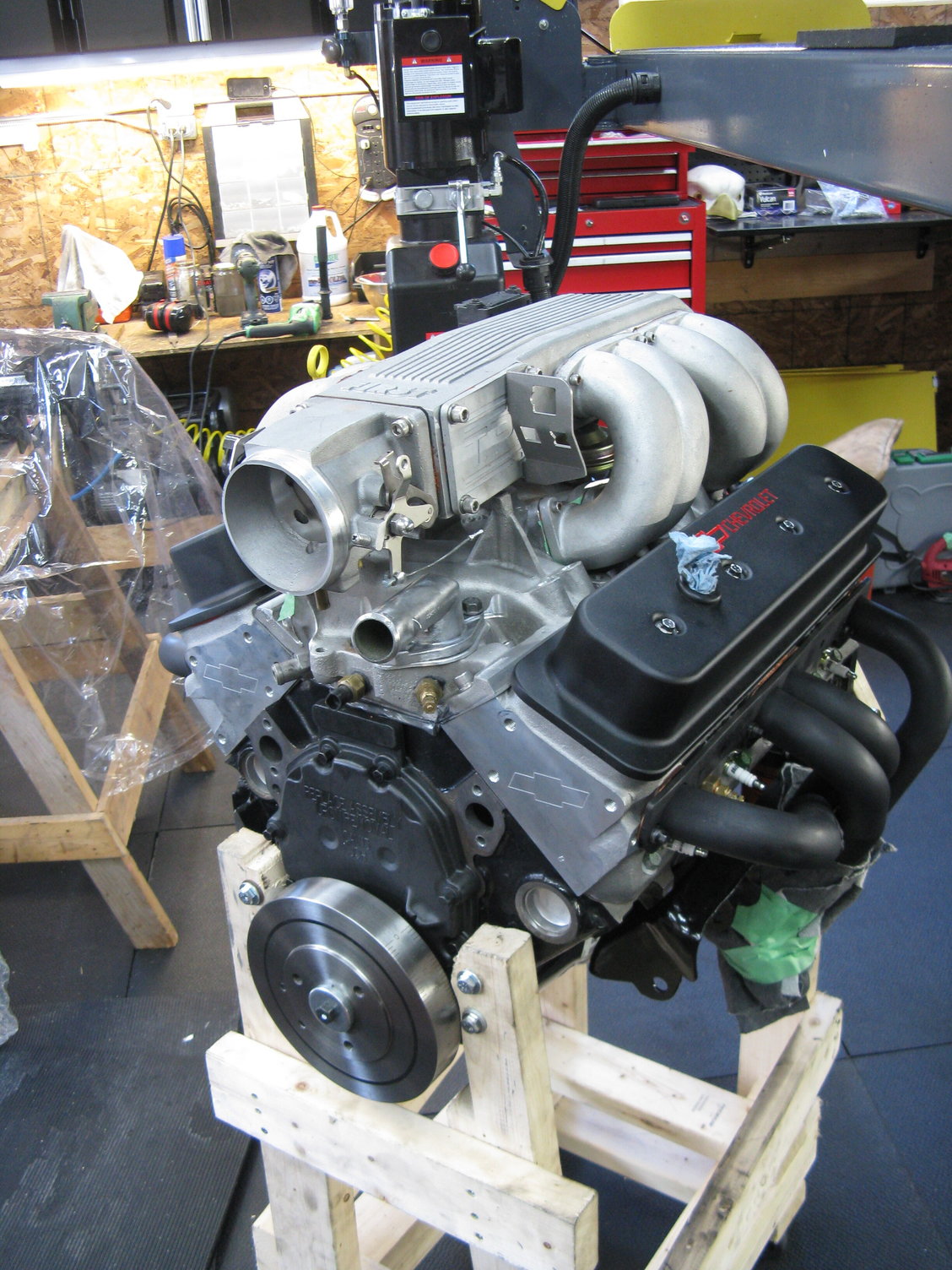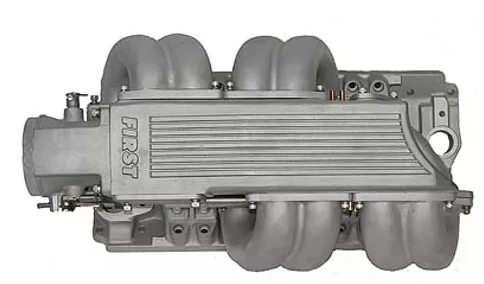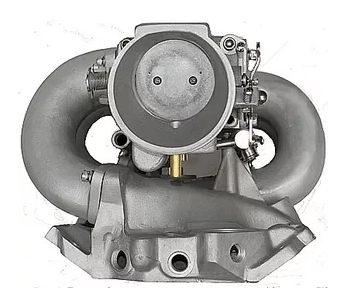NewbVetteGuy
Well-Known Member
Grumpy et al,
I'm curious why TPI intakes seem to all have dual throttle bodies, even in the aftermarket, vs a single, larger throttle body. Is there some sort of benefit to having dual throttle bodies with a TPI-style intake -like a higher velocity of air effect from a plenum divider or something? If you had a single throttle body that flowed the same amount of air do you expect to see any different results?
My next question is somewhat related; I purchased a FIRST Fuel Injection intake and the outlet of the single throttle body has a strange bump right in the center of the bottom of the throttle body which then become the EGR "bump" in the bottom of the plenum, very similar to a stock TPI plenum at that point.
I'm trying to determine if this bump has any potential positive impact and reason to be there. The newest FIRST castings have a fully solid EGR passage and do not have any EGR passageway cast in, nor drilled in. My thought is to completely eliminate the air-restricting bump and make the entry into the plenum smooth, but I'm wondering if it serves some sort of purpose....
Image of the plenum entrance here: https://scontent-sea1-1.xx.fbcdn.ne...=5632bb707ec4b092b60632ef02c838ea&oe=5B214865
Crappy photo showing the bump at the back of the throttle body: https://www.facebook.com/photo.php?fbid=10156324305191929&l=2355fb17ff
I asked Ken @ FIRST about it and all he would say was that the company that designed the FIRST knew what they were doing and he doesn't advocate making change that could screw up the air flow. (I half removed the bump already until I killed my sandpaper flapper wheel and I'm trying to figure out whether to stop where I am with a half height bump or just kill it, which I'd really think would improve air flow, but maybe hurt distribution to the first set of runners for some reason...???)
Adam
I'm curious why TPI intakes seem to all have dual throttle bodies, even in the aftermarket, vs a single, larger throttle body. Is there some sort of benefit to having dual throttle bodies with a TPI-style intake -like a higher velocity of air effect from a plenum divider or something? If you had a single throttle body that flowed the same amount of air do you expect to see any different results?
My next question is somewhat related; I purchased a FIRST Fuel Injection intake and the outlet of the single throttle body has a strange bump right in the center of the bottom of the throttle body which then become the EGR "bump" in the bottom of the plenum, very similar to a stock TPI plenum at that point.
I'm trying to determine if this bump has any potential positive impact and reason to be there. The newest FIRST castings have a fully solid EGR passage and do not have any EGR passageway cast in, nor drilled in. My thought is to completely eliminate the air-restricting bump and make the entry into the plenum smooth, but I'm wondering if it serves some sort of purpose....
Image of the plenum entrance here: https://scontent-sea1-1.xx.fbcdn.ne...=5632bb707ec4b092b60632ef02c838ea&oe=5B214865
Crappy photo showing the bump at the back of the throttle body: https://www.facebook.com/photo.php?fbid=10156324305191929&l=2355fb17ff
I asked Ken @ FIRST about it and all he would say was that the company that designed the FIRST knew what they were doing and he doesn't advocate making change that could screw up the air flow. (I half removed the bump already until I killed my sandpaper flapper wheel and I'm trying to figure out whether to stop where I am with a half height bump or just kill it, which I'd really think would improve air flow, but maybe hurt distribution to the first set of runners for some reason...???)
Adam




